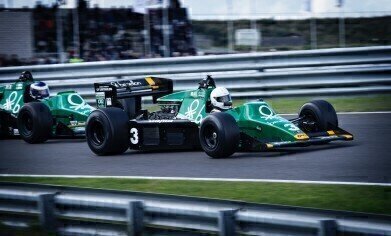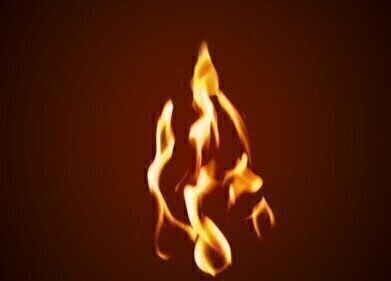Columns (GC)
What Are the Fuel Testing Rules for F1 and How is Chromatography Used?
Aug 10 2021
Many fans of Formula One (F1) were left dismayed at the start of August, as Sebastian Vettel was disqualified after a remarkable charge to second place. The reason? He was unable to provide an adequate fuel sample.
In this post, we’ll take a closer look at the rules, why he was disqualified and whether they can appeal the decision.
Fuel testing with chromatography
According to the rules set by the Fédération Internationale de l'Automobile (FIA), drivers have to be able to provide a full litre of sample fuel from their car at any appropriate point during a race.
That sample can then be analysed and checked for compliance with the relevant standards and rules. It also gets checked against samples submitted at the start of the year to ensure it has the same make-up.
After being extracted, fuels are analysed using gas chromatography, which separates the fuel into its various components. The use of gas chromatography for analysis of complex mixtures is discussed in the article ‘GCxGC with Soft Ionisation and High-Resolution Mass Spectrometry Applied to Petroleum Biomarker Analysis’.
From the one litre sample, the FIA will test one portion and store another portion in a sealed container in case of an appeal, where further analysis is required.
Why was Vettel disqualified?
By this point, many readers might assume that Vettel was disqualified because his fuel samples didn’t match up – or were in breach of the rules. However, it was simply down to an inadequate sample.
According to the FIA, “After the race it was not possible to take a 1.0 litre sample of fuel from car 5. The team was given several opportunities to attempt to remove the required amount of fuel from the tank, however it was only possible to pump 0.3 litres out.”
Vettel no doubt suspected it would be close, given that he stopped on the track after crossing the line, rather than driving on to parc fermé – a completely legal move, of course.
Appealing the decision
Despite the above, Vettel’s Aston Martin team are adamant that there was enough fuel in the vehicle. The FIA statement goes on to say, ““During the hearing in presence of the FIA Technical Delegate and the FIA Technical Director the team principal of Aston Martin stated that there must be 1.44 litres left in the tank, but they are not able to get it out.”
So, it’s now down to an appeal. While most F1 appeals are unsuccessful due to the proficiency of chromatography analysis, Vettel’s might have a chance – given that it’s not an issue with the fuel sample per se.
That’s partly because their appeal coincides with a three-week F1 shutdown. In short, that means that Vettel’s car can be held and transported to a technical facility, where the FIA can try to get more fuel out of it. Let’s just hope it passes the chromatography tests if they do manage to extract a full litre!
Digital Edition
Chromatography Today - Buyers' Guide 2022
October 2023
In This Edition Modern & Practical Applications - Accelerating ADC Development with Mass Spectrometry - Implementing High-Resolution Ion Mobility into Peptide Mapping Workflows Chromatogr...
View all digital editions
Events
Apr 28 2024 Montreal, Quebec, Canada
May 05 2024 Seville, Spain
May 15 2024 Birmingham, UK
May 19 2024 Brno, Czech Republic
May 21 2024 Lagos, Nigeria














